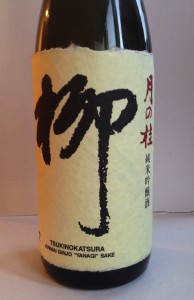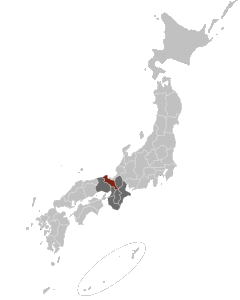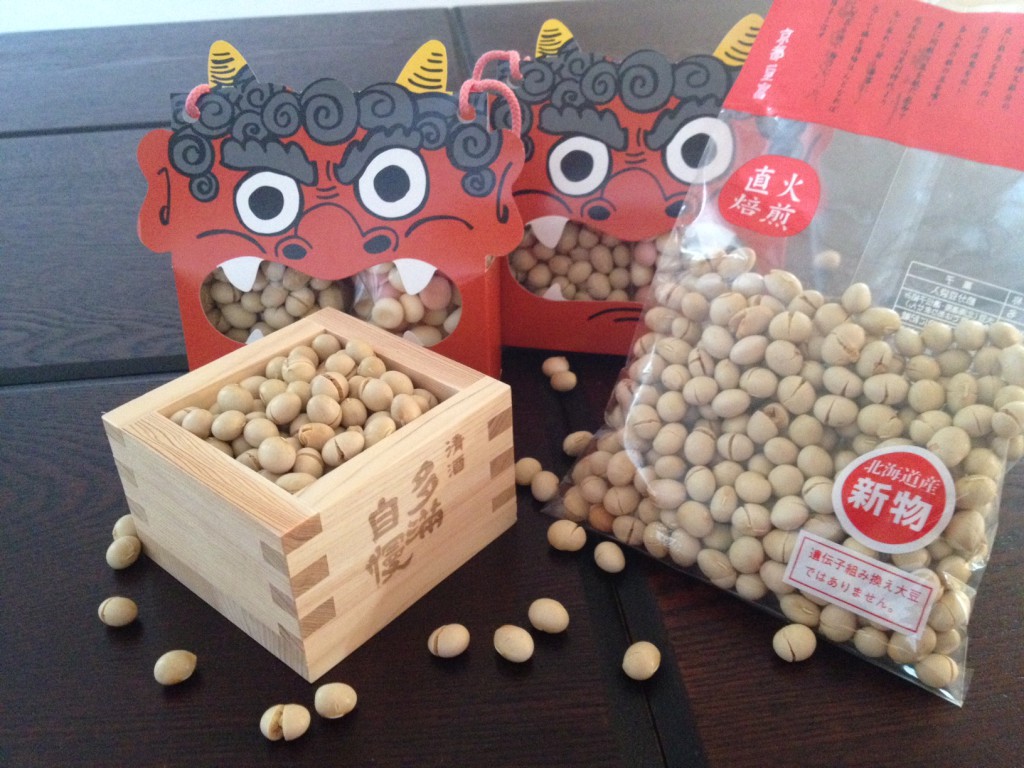
This elegant and wonderful round sake is mild, mouth-watering and well balanced. It’s strong fragrance of strawberry, banana and melon it is only subtly supported on the palate.
With its light body and warm, round mouth feel it would marvelously serve as a sundowner on a warm late summer evening. If you are into Jazz, it reminds me of the voice of Ayako Hosokawa. But whatever music you listen to when you drink it, be careful. The combination of fruit and acidity is seductive, making it hard to stop.
Specifications

- Seimei Buai (Milling Rate): 50%
- Rice: Yamada Nishiki
- Alcohol: 16%
- SMV: +2
- Acidity: 1,5
- Yeast: #9
Food Pairing
This very light Ginjo goes well as an aperitif as well as with appetizers or a salad with citrusy vinaigrette. Equally well was a pairing with sashimi and a fruity, creamy shira aé (persimmons with tofu sauce).
Brewery Profile:
The Masuda Tokubee Shoten brewery, known under the brand name ‘Tsuki no Katsura’ was founded in 1675 and is therefore one of the oldest breweries in the Fushimi area of Kyoto.

The current president, Masuda Tokubee is the 14th generation of his family to run the brewery, which has been passed down for 341 years. Tsuki no Katsura introduced a new kind of sake in 1964, which is today known as Nigori-sake, roughly filtered and milky sake. It is not just their Nigori-sake, which made Tsuki no Katsura became a nationally known sake brewery. They also preserve probably the oldest aged sake in Japan, dating back 50 years.
